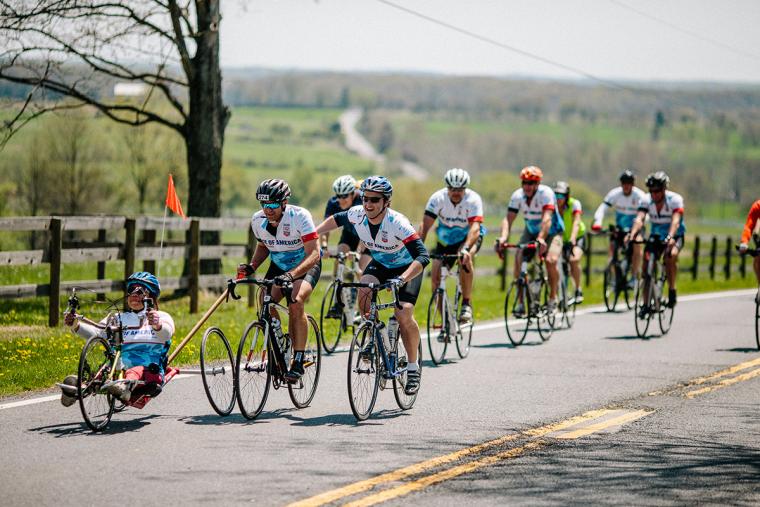
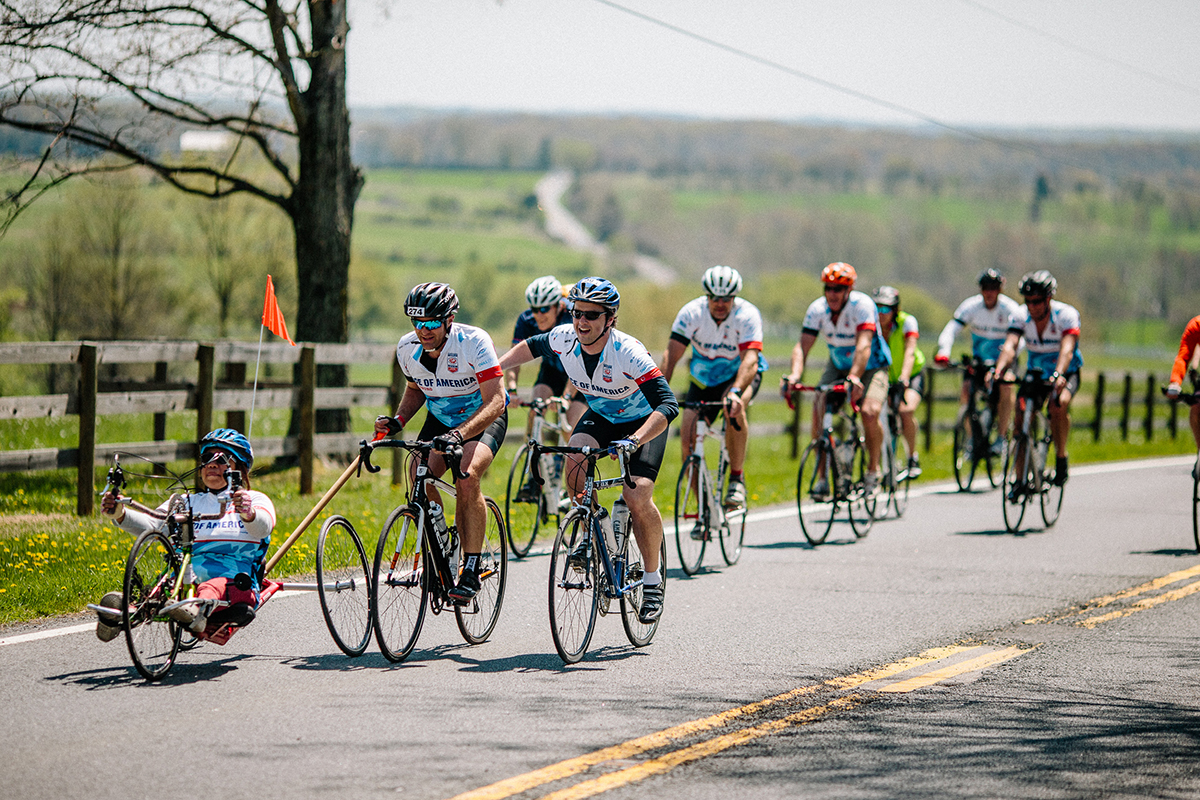
It’s easy to get tripped up along the way, so here are some tips from your friends at World T.E.A.M. Sports, where our inclusive events have included mountain climbing, whitewater rafting, bicycling, adventure racing and more. Not all of them may be applicable to your event, but there are most likely take-aways everyone can use.
ADA is a Good Start, but It Won’t Solve All the Problems: Don’t get me wrong. The Americans with Disabilities Act is more than a lot of countries have. It’s real proof that this country has tried to address the needs of people who have physical challenges. Unfortunately, it has its limitations, as we’ve discovered. And if you have a large-scale event, ADA compliance may not be enough. You have to think ahead.
For example, we often hear someone tell us they’ve chosen an outdoor venue such as a park to host an event, and that it’s beautiful, doesn’t charge a fee and has all kinds of road access – but then we’ll discover that one of the buildings we’d like to use does not have a ramp that would allow people with wheelchairs to get in. Or maybe there isn’t enough pavement for us to be able to safely place the number of handicap-accessible portable toilets we need to use. Or maybe a lot of the parking is on unpaved ground and the people who use wheelchairs will have a very difficult time trying to get from their cars to the registration area.
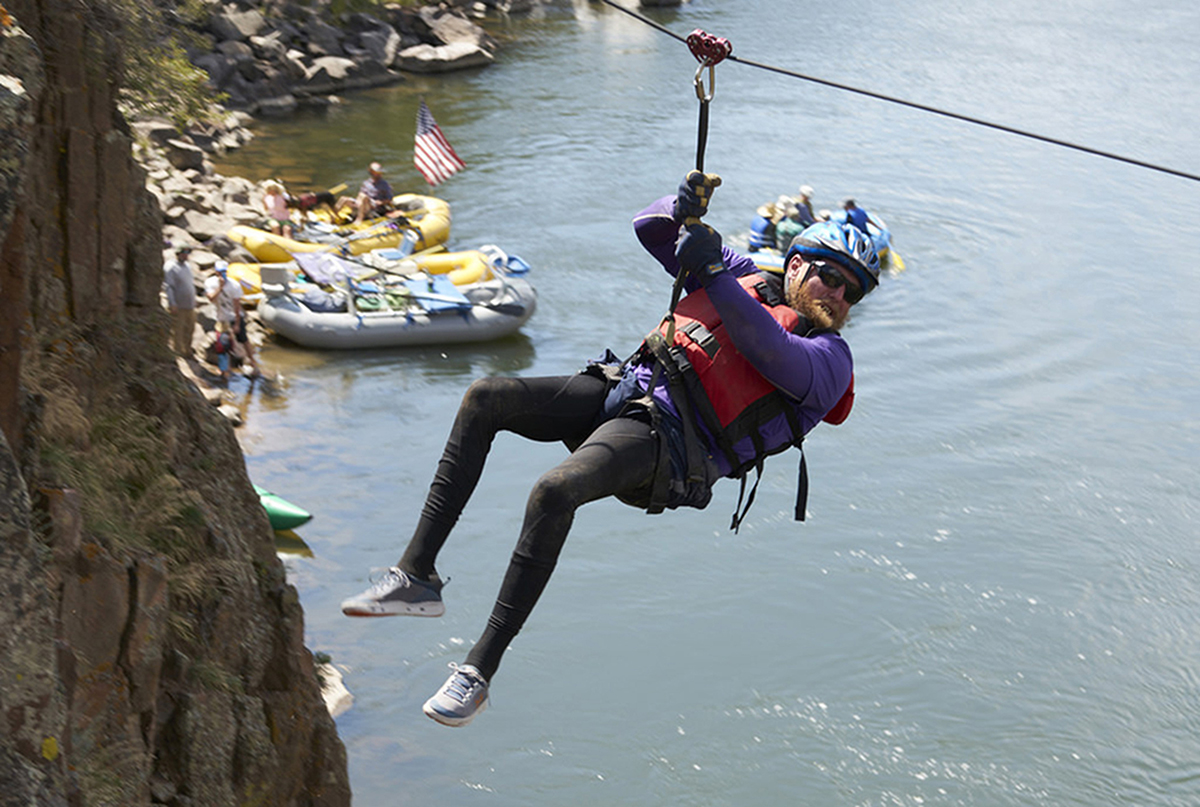 ADA can mandate curb cuts, a certain number of accessible bathrooms and a certain number of designated handicap-accessible parking spaces, but it operates under the assumption that only a small number of people will need these amenities. In reality, you may need far more accessible parking spaces, toilets and so forth than ADA suggests. Always be aware of how many guests you’ll be expecting. Remember too that accessible sports events often draw spectators who have disabilities, so make sure seating areas can accommodate everyone.
ADA can mandate curb cuts, a certain number of accessible bathrooms and a certain number of designated handicap-accessible parking spaces, but it operates under the assumption that only a small number of people will need these amenities. In reality, you may need far more accessible parking spaces, toilets and so forth than ADA suggests. Always be aware of how many guests you’ll be expecting. Remember too that accessible sports events often draw spectators who have disabilities, so make sure seating areas can accommodate everyone.
Special Equipment Requires Special Facilities: Most people have seen handcycles or recumbent bicycles or tricycles, all of which allow people with various disabilities to take part in group bicycle events. What event owners may not understand is that this equipment is larger, heavier and longer than the average two-wheeler, which can present storage and transportation challenges for event organizers.
In addition, such bicycles and tricycles may have special tires, chains and other equipment. If you have bicycle mechanics ready to help out at your race, make sure they are prepared to work on this type of equipment as well. It’s not acceptable to be able to supply a new tube for an able-bodied person’s bicycle, but to tell someone who uses a recumbent bicycle you can’t help them. And if you’re talking about a race, where speed counts, it’s essential to be ready to fix the flat, replace the tube, repair the broken chain or anything else.
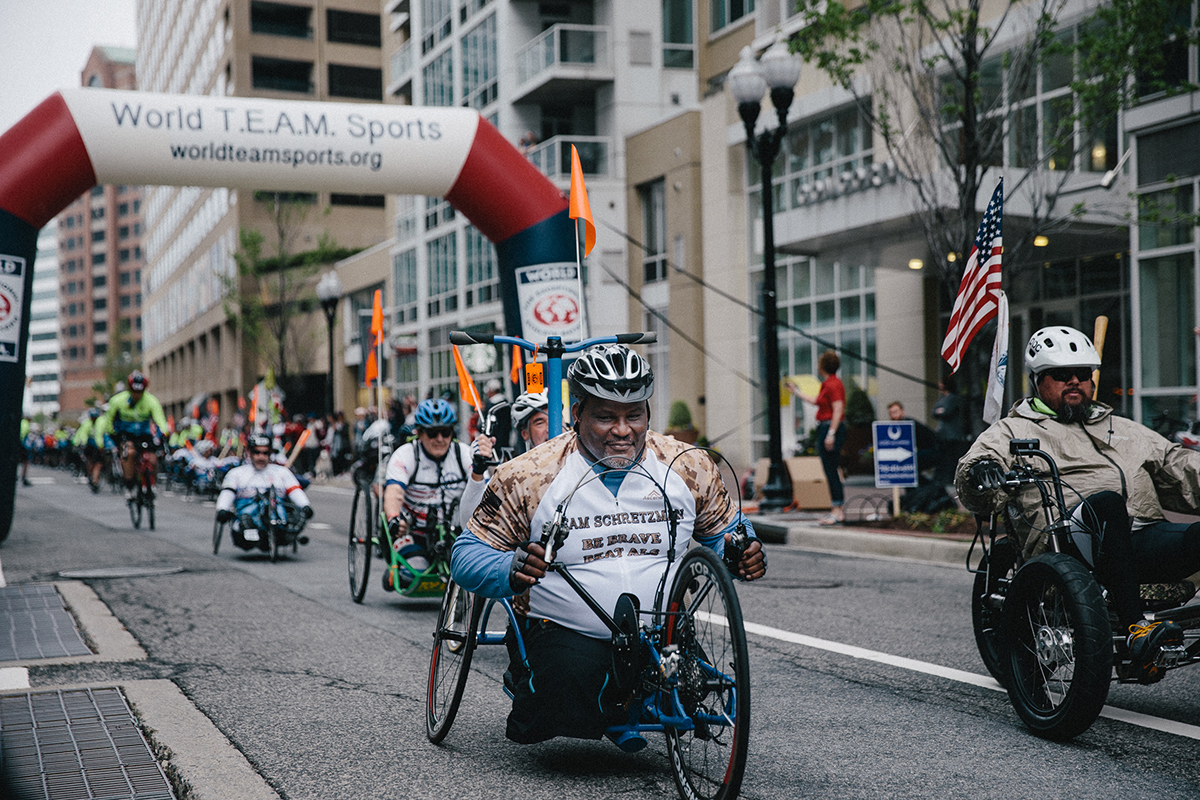 Use People-First Language and Avoid Outdated Terms: Terms like ‘athletes with disabilities’ are obviously preferred over ‘wheelchair users.’ Likewise, many terms that were once commonly used are now looked upon as being pejorative. The phrase, “mentally retarded,” was once seen as perfectly normal but has since been replaced by less demeaning and more specific language, with terms like Down syndrome (although there are plenty of others).
Use People-First Language and Avoid Outdated Terms: Terms like ‘athletes with disabilities’ are obviously preferred over ‘wheelchair users.’ Likewise, many terms that were once commonly used are now looked upon as being pejorative. The phrase, “mentally retarded,” was once seen as perfectly normal but has since been replaced by less demeaning and more specific language, with terms like Down syndrome (although there are plenty of others).
At the same time, it’s possible to become too bogged down in trying to say or do the exact right thing. You only have so many hours in a day and it’s better to spend them working on your event than on worrying about what to say about your event. Don’t let doubt get in your way, or in your staff’s or volunteers’ way, of talking about or helping others. Many people have come to terms with their disabilities and are glad to be able to have events they can take part in. They appreciate that you’re there to make it happen. If you’re not doing something that’s exactly right, they’ll let you know what they need instead.
Often, we see volunteers who are hesitant to offer help to someone who is disabled and who appears to be having difficulty with something – if someone is in a wheelchair, for example, a task as simple as opening a door can be more challenging than expected. Encourage your volunteers and staff to reach out and offer assistance. If the person doesn’t want it, they’ll say so. If they want help, they’ll appreciate it. There is no one-size-fits-all approach when it comes to working with individuals with disabilities and in many cases, the most important thing you can do is get to know the person and let them guide you when it comes to what they need.
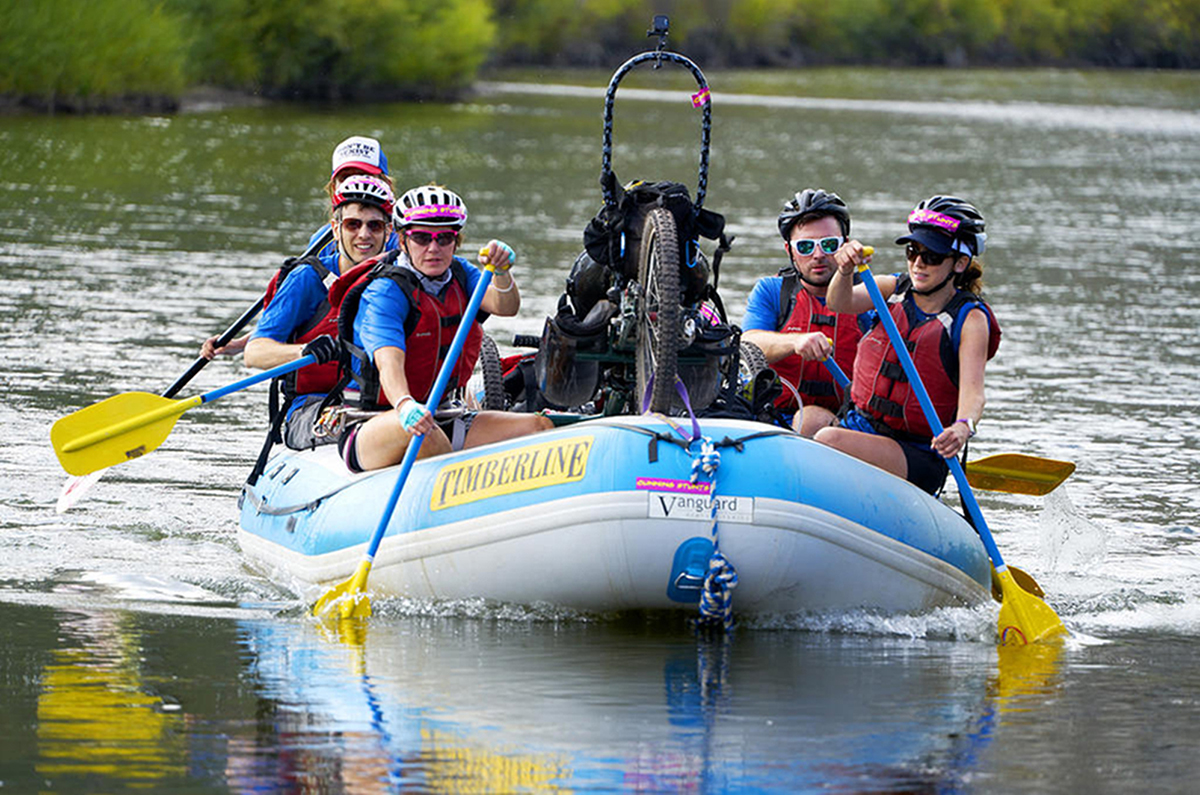 Growing an Event is a Process: This is true for all organizations and so of course it also applies to those that work with individuals who have various challenges. We sometimes hear people say they want to start an event – a road race, a bicycle ride, etc. – and they expect to have 1,000 participants. It’s likely they won’t get that the first year. But if they put on a good event and if they keep coming back each year, it’s likely they’ll start to grow.
Growing an Event is a Process: This is true for all organizations and so of course it also applies to those that work with individuals who have various challenges. We sometimes hear people say they want to start an event – a road race, a bicycle ride, etc. – and they expect to have 1,000 participants. It’s likely they won’t get that the first year. But if they put on a good event and if they keep coming back each year, it’s likely they’ll start to grow.
If you’re planning an event for athletes with disabilities, here’s something to keep in mind: you’re working with a community that is very well-connected. Its members talk, share information about what’s coming up and discuss the events they’ve been to. If you put on a good event that is accessible and fun, your participants are likely to let others know about it and to recommend it to their friends the following year.
If you take the additional step of engaging some of those people on your leadership team, you exponentially increase your chances of success. They will give you insights and advice you never even considered and will be an enormous asset to you in your planning process. Like everyone else on your team, they’re invested and therefore, very interested in the success of the event. It’s likely they’ll be able to help the news of your event reach even more people. (This is an important point since first-time event organizers may not know exactly how to reach the broader community of those with disabilities.)
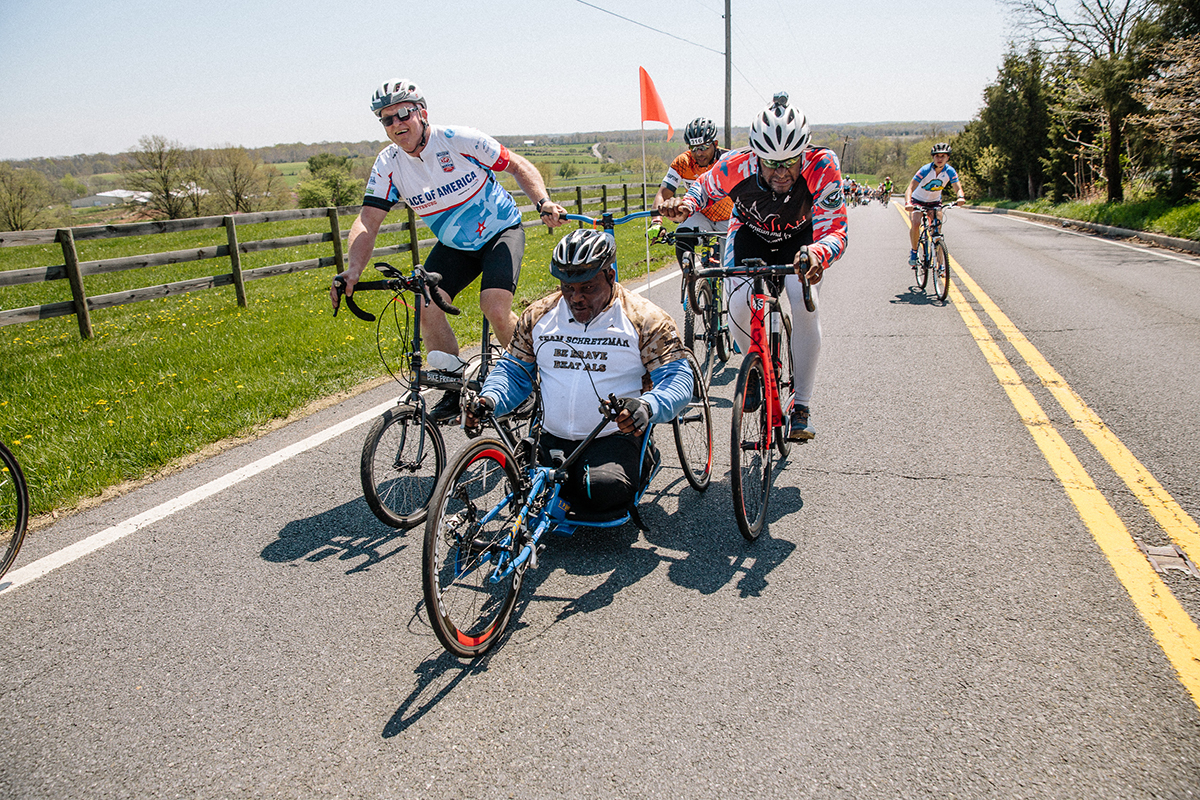 Your organizational team, after all, should be made up of a variety of people, each of whom brings something specific to the mix. You may have someone who knows finances very well, someone who is good at development, someone who knows the sport well, someone who is familiar with the city or venue you’re using, someone who knows how to get the message out to media – and someone who knows the ins and outs of what makes an event truly accessible (rather than just ADA-compliant, as we mentioned earlier). It’s no good having a team to plan an event if everyone has the exact same interest and skill set.
Your organizational team, after all, should be made up of a variety of people, each of whom brings something specific to the mix. You may have someone who knows finances very well, someone who is good at development, someone who knows the sport well, someone who is familiar with the city or venue you’re using, someone who knows how to get the message out to media – and someone who knows the ins and outs of what makes an event truly accessible (rather than just ADA-compliant, as we mentioned earlier). It’s no good having a team to plan an event if everyone has the exact same interest and skill set.
Be Open to Change: No event survives without evolving. Be ready to re-examine your registration forms and processes, the routes of your race or ride, the venue, the menu, the layout and anything else. Things can easily become outdated without anyone realizing it. At the same time, keep your eyes open to what’s going on around you. There are plenty of times I hear about something and think, ‘Wow, that sounds like a great idea for an event,’ or even ‘Whoa, that doesn’t sound like it went well; I won’t try that.’ In all cases, it’s an opportunity to learn something.
Reap the Rewards: The challenges are worth it. Putting on an event that includes individuals with disabilities takes extra effort and planning. But at the end of the day, the risks and challenges and fears that come along with that effort are so worthwhile when you compare them with the reward that comes as a result from doing it right. SDM

